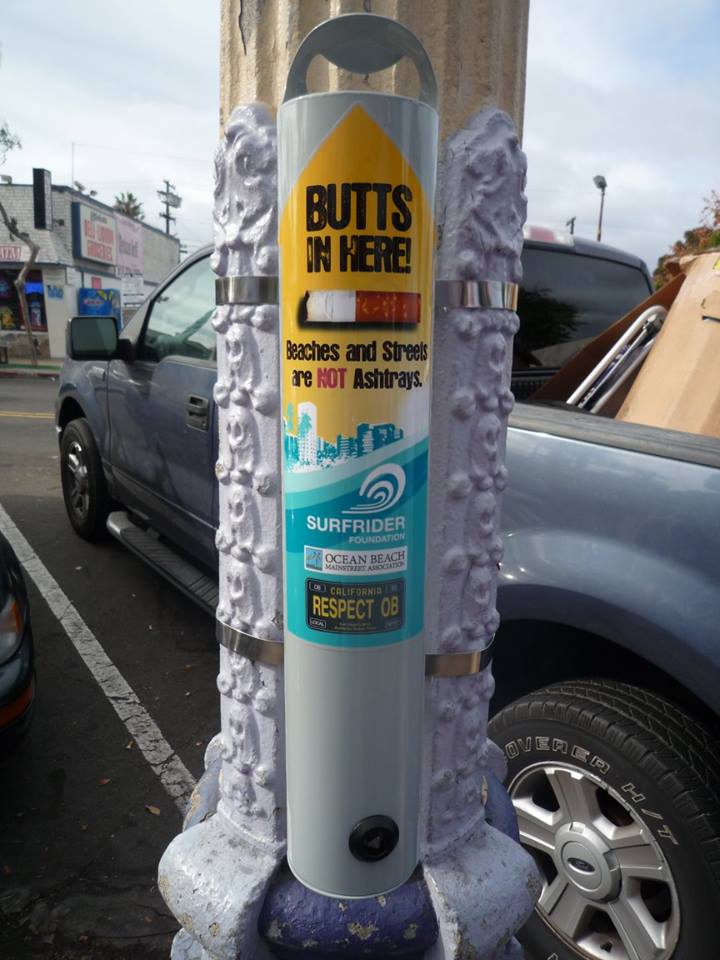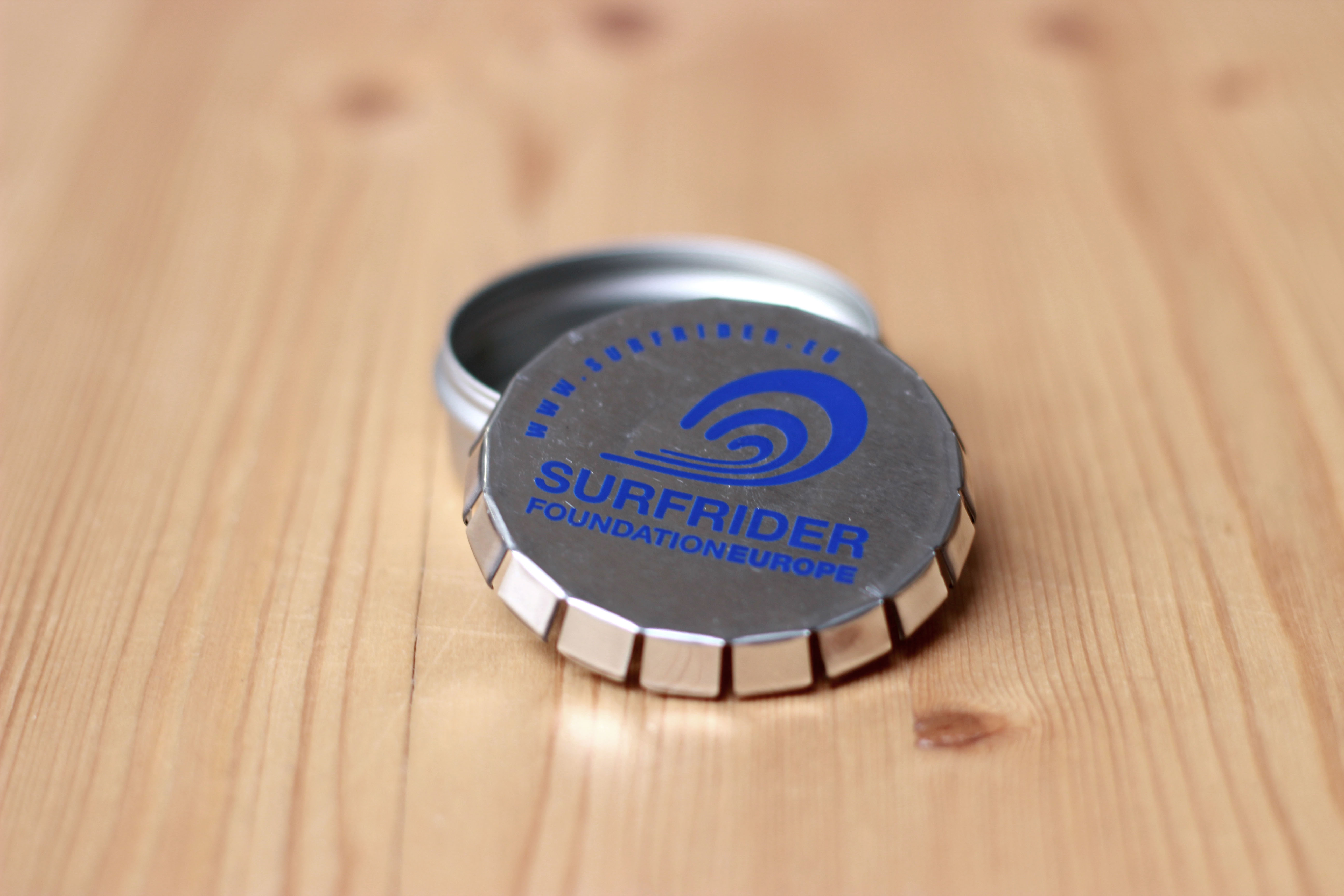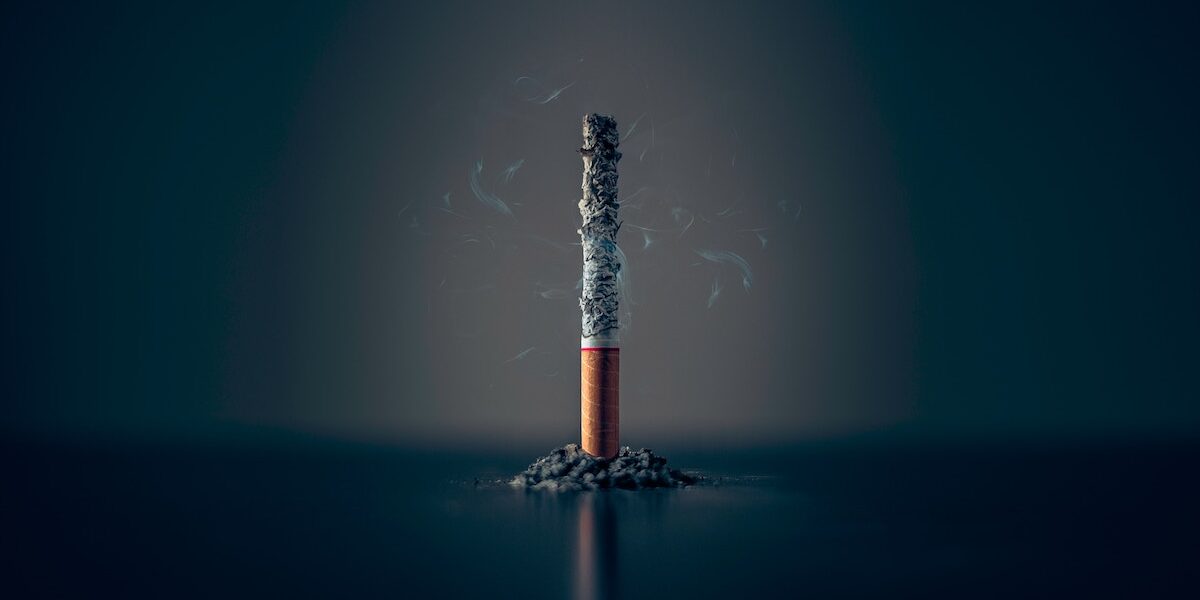By Mark J. Spalding, President
We know that we want to improve people’s relationship with the ocean. We want to steer a course towards a world in which we value our dependence on the ocean and demonstrate that value in all of the ways we interact with the ocean—living by her, traveling on her, moving our goods, and catching food where we need it. We must learn to respect her needs and lose the long-held myth that the ocean is too vast for humans to have an effect on her systems at a global scale.
The World Bank recently issued a 238-page report, “Mind, Society, and Behavior”, which is a comprehensive synthesis of thousands of studies from over 80 nations, looking at the role of psychological and social factors in decisionmaking and behavior change. This new World Bank report confirms that people think automatically, think socially, and think using mental models (the framework of previous knowledge, values, and experience through which they view each decision). These are interwoven, and build upon one another; they are not silos. We need to address them all simultaneously.

When we look at ocean conservation and ocean stewardship, there are every day behaviors we would like to see people adopt to help get us where we want to go. There are policies we believe would help humans and the ocean if they were adopted. This report offers some interesting points about how people think and act that might inform all of our work—much of this report affirms that we have been operating, to some extent, on flawed perceptions and inaccurate assumptions. I share these highlights. For more information, here is a link to the 23-page executive summary and to the report itself.
First, it is about how we think. There are two types of thinking “fast, automatic, effortless, and associative” versus “slow, deliberative, effortful, serial, and reflective.” The vast majority of people are automatic not deliberative thinkers (even though they think they deliberate). Our choices are based on what effortlessly comes to mind (or to hand when it comes to a bag of potato chips). And so, we must “design policies that make it simpler and easier for individuals to choose behaviors consistent with their desired outcomes and best interests.”
Second, it is how we function as part of the human community. Individuals are social animals who are influenced by social preferences, social networks, social identities, and social norms. That is to say most people care about what those around them are doing and how they fit into their groups. Thus, they imitate the behavior of others almost automatically.
Unfortunately, as we learn from the report, “Policy makers often underestimate the social component in behavior change.” For example, traditional economic theory holds that people always decide rationally and in their own best interests (which would imply both short-term and long-term considerations). This report affirms that this theory is false, which probably does not surprise you. In fact, it asserts the likely failure of policies based on this belief that rational individualistic decisionmaking will always prevail.
Thus, for example, “economic incentives are not necessarily the best or the only way to motivate individuals. The drive for status and social recognition means that in many situations, social incentives can be used alongside or even instead of economic incentives to elicit desired behaviors.” Clearly, any policy we make or goal we want to achieve has to tap into our commonly held values and fulfill a shared vision if we want to succeed.
In fact, many people have social preferences for altruism, fairness and reciprocity and possess a cooperative spirit. We are strongly affected by social norms, and act accordingly. As the report points out, “We often want to meet others’ expectations of us.”
We know that “we act as members of groups, for better and for worse.” How do we “tap people’s social tendencies to associate and behave as members of groups to generate social change” in favor of reversing the trend of destruction of ocean environments around the world?
According to the report, people do not make decisions by drawing on concepts that they have invented themselves, but on the mental models embedded in their brains, that are often shaped by economic relationships, religious affiliations, and social group identities. Faced with a demanding calculation, people interpret new data in a manner consistent with their confidence in their prior views.
The conservation community has long believed that if we just provide the facts about threats to ocean health or declines in species, then people will naturally change their behavior because they love the ocean and it’s the rational thing to do. However, the research makes it clear that it is simply not the way people respond to objective experience. Instead, what we need is an intervention to change the mental model, and thus, the belief about what is possible for the future.
Our challenge is that human nature tends to focus on the present, not the future. Likewise, we tend to prefer principles based on our communities’ mental models. Our specific allegiances can result in confirmation bias, which is the tendency of individuals to interpret and filter information in a manner that supports their preconceptions or hypotheses. Individuals tend to ignore or under-appreciate information presented in probabilities, including forecasts for seasonal rainfall and other climate-related variables. Not only that, but we also tend to avoid action in the face of the unknown. All of these natural human tendencies make it even harder to complete regional, bilateral, and multinational agreements designed to anticipate a changing future.
So what can we do? Battering people over the head with data and forecasts about where the sea will be in 2100, and what its chemistry will be in 2050 and what species will be gone simply does not inspire action. We have to share that knowledge for sure, but we cannot expect that knowledge alone to change people’s behavior. Likewise, we have to connect to people’s community self.
We agree that human activities adversely affect the whole ocean and the life within it. Yet, we don’t yet have the collective consciousness that reminds us each of us plays a role in its health. A simple example might be that the beach lounging smoker who stubs their cigarette out in the sand (and leaves it there) does so with the automatic brain. It needs to be disposed of and the sand below the chair is convenient and safe. When challenged, the smoker might say, “It’s just one butt, what harm can it do?” But it is not just one butt as we all know: Billions of cigarette butts are being casually tossed into planters, washed into storm drains, and left on our beaches.

So where does the change come from? We can offer the facts:
• Cigarette butts are the most commonly discarded piece of waste worldwide (4.5 trillion per year)
• Cigarette butts are the most prevalent form of trash at the beaches, and cigarette butts are NOT biodegradable.
• Cigarette butts leach toxic chemicals that are poisonous to humans, to wildlife and can contaminate water sources. *
So what can we do? What we learn from this World Bank report is that we have to make it easy to dispose of cigarette butts (like with Surfrider’s pocket ashtray seen on the right), create cues to remind smokers to do the right thing, make it something that everyone sees others doing so they cooperate, and be prepared to pick up butts even if we don’t smoke. Finally, we have to figure out how to integrate the right action into mental models, so the automatic action is the one that is good for the ocean. And that is just one example of the behaviors we need to change to improve the human relationship with the ocean at every level.
We have to tap into the best of our collective self to find the most rational forward-thinking model that helps us ensure our actions match our values and our values prioritize the ocean.
* The Ocean Conservancy estimates that the nicotine count captured by 200 filters is sufficient to kill a human. One butt alone has the capacity to pollute 500 liters of water, rendering it unsafe to consume. And don’t forget that animals often eat them!
Key photo by Shannon Holman







